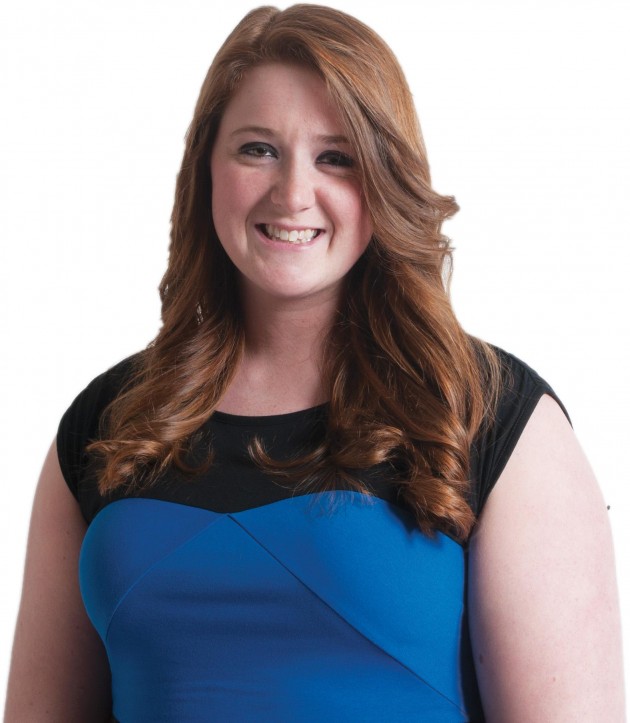
Just two days after the Confederate flag rose over Fort Sumter on April 15, 1861, President Abraham Lincoln called for the formation of a Union militia of volunteers to halt the south's rebellion. It was with this call to arms that militia groups sprouted up all across the Union states and even here in Greencastle, Ind.
During the Civil War and many years that followed, its effects were felt at DePauw University, called Indiana Asbury at the time, as students and faculty alike responded to this call to serve.
Lincoln's call to arms brought about the first large wave of Indiana Asbury students to leave the university and serve in both the Northern and the Southern armies. Following the call for volunteers, as students and faculty rushed to serve, there was strangely a great deal of chaos and confusion surrounding the fact that classes were dismissed. Rumors of the university shutting down hummed all over campus and into the general public. It took the president of the university, Thomas Bowman (1858-1872), a few months to reassure everyone that Indiana Asbury was fully open, with no intentions of closing anytime soon.
In Greencastle, two prominent military groups emerged: The Asbury Guards and The Putnam County Union Guards. Both units consisted of students and local citizens. After a short period of time, many of these students returned to Indiana Asbury and were very hesitant to serve again until the Confederate Army invaded Southern Indiana in the summer of 1863.
Known as Morgan's Raid, this invasion aimed to strike fear in the Northern states. It did just that, especially at Indiana Asbury, and a new militia group formed called the Putnam Blues. In 1864, the Putnam Blues were reviewed alongside other militant groups on the lawn where East College now resides.
Throughout the course of the war, approximately 450 Indiana Asbury students (all male, of course, as the university did not accept female students yet) served in either the Union or Confederate Armies. Along with the students, many prominent faculty members played significant roles in the war. Bowman was appointed chaplain of the U.S. Senate in May 1864 and served in that position until March 1865.
Indiana Asbury's very first president, Matthew Simpson (1839-1848), also took part in the war by serving as a personal confidant and advisor to President Lincoln throughout the war. Bishop Simpson even gave the opening prayer during President Lincoln's White House funeral ceremony and the funeral sermon in the Springfield, Ill., ceremony in 1865.
The effects of the war were felt long after its end in 1865, especially when Indiana Asbury President Alexander Martin (1875-1884) established an informal military training group at the university in 1876. A year later, the United States Army assigned Captain D.D. Wheeler to serve as a commandant for the Indiana Asbury's militant groups. It was with his guidance and the guidance of his successor, Lieutenant William R. Hamilton, that the Asbury Cadets emerged.
Participation in the Cadets was required of all freshman and sophomore boys, as well as senior preparatory leaders. With the excitement of the war still looming overhead and a new rising interest in physical fitness, many other students volunteered to participate as well. The Asbury Cadets competed in and won several artillery and drill competitions in Indianapolis.
Even with its location in Westcentral Indiana, Indiana Asbury's students and faculty were notably influenced by the Civil War. With two large waves of students and faculty leaving to serve, the small university felt the effects of the war, just as the rest of the divided nation did.


